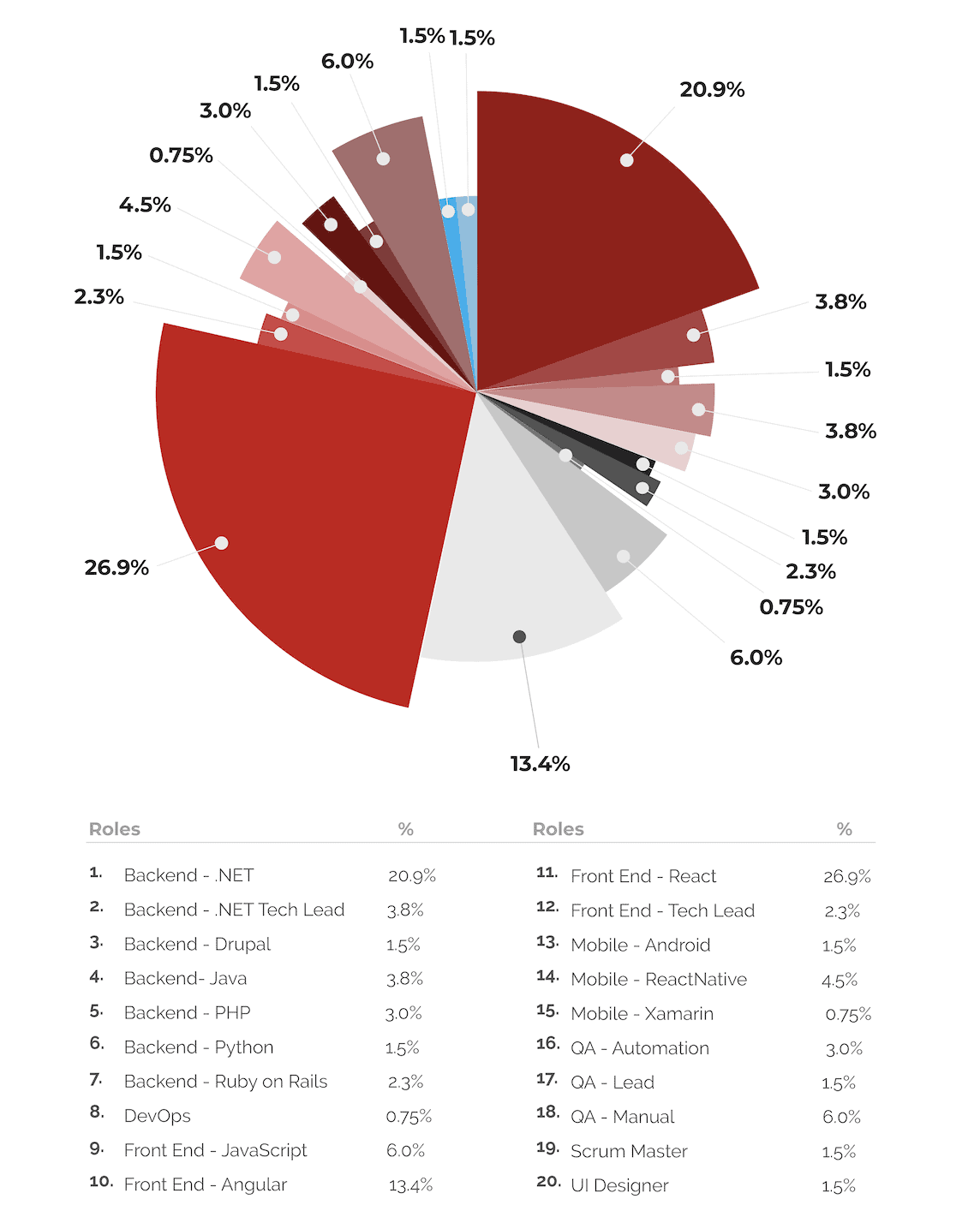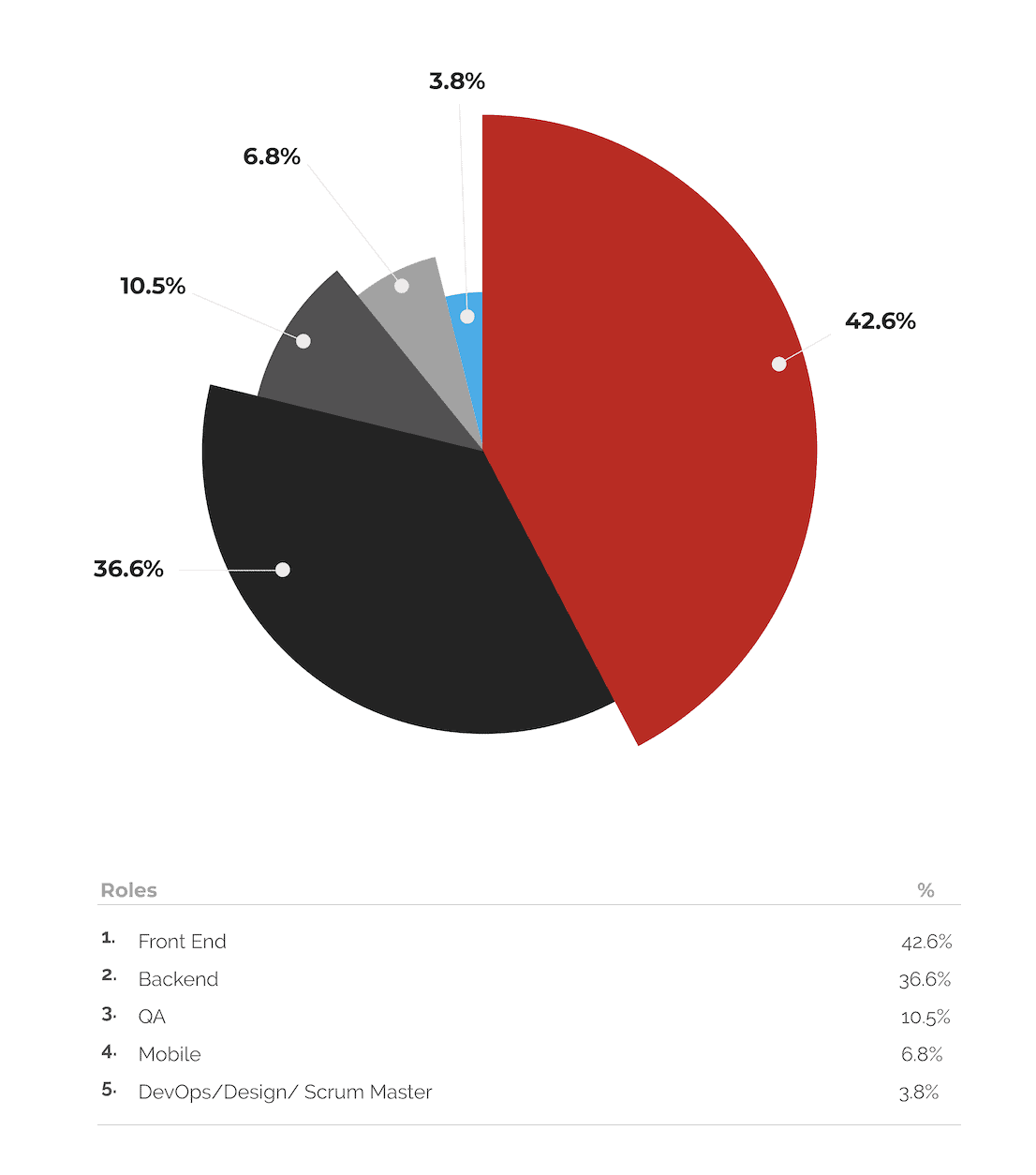
Transparent Rate Increases: Valuing Employee Growth and Client Partnership
The majority of the work that we do is augmenting your software development team or taking the initiative on projects that are on your roadmap. As such, you should have transparency into who is working for you and have input in their performance reviews. After all, your team likely interacts with our developers more than we do. We prioritize the growth and satisfaction of our employees while ensuring a transparent and mutually beneficial relationship with our clients. Here, we aim to explain our rate increase policy, emphasizing that any rate increase incurred by our clients is fully passed on to the employee and does not impact our margin per hour. We value your input and discretion in the review process
Rate Increase Policy
At First Factory, we conduct formal reviews every six months for employees with less than two years of experience and do so for twenty-four months before we then switch to annual reviews. We do this in order to have more conversations with our less experienced engineers to discuss their notable accomplishments and provide coaching for areas of improvement. Everyone learns and applies what they learn at different rates. Some employees are far better than their prior experience would suggest, while others may need more time to fill in foundational knowledge gaps or require more hands-on experience to understand how what they have learned is applied. Bi-annual reviews also allow us to respond to market changes that can be highly competitive for these resources, thus significantly reducing the turnover potential. For employees with more than two years of professional and directly related experience, reviews are conducted annually, based on their hire date.
When an employee receives a raise, we pass on 100% of the rate increase to them without altering our fixed profit margin per hour. This approach reflects our commitment to recognizing and rewarding the valuable contributions of our employees and remaining fair with our partners.
Client Involvement and Feedback
During these reviews, employees’ performance, growth, and contributions are evaluated to determine if a rate increase is warranted. We discuss significant accomplishments and how they have demonstrated the First Factory core values and commitment to success. We review peer feedback, manager feedback, and client feedback. We strongly encourage our clients to be involved in the preparation for the developer’s review and provide feedback and guidance. As a client, you have a unique perspective on the developer’s performance, collaboration, and overall value to the team. Your input helps us gain a comprehensive understanding of the developer’s strengths and areas for improvement, ensuring a more accurate evaluation and a clear path for future growth. Your input aligns us with your evolving needs and expectations.
Client Discretion and Flexibility
As we consider your feedback and guidance during the review process, we respect and value your discretion regarding rate increases. Clients are not obligated to agree to the rate increase proposed during the employee’s review. We understand that the perceived value of a developer may vary based on individual project requirements and budget considerations.
Resource Replacement and Knowledge Transfer
If you determine a developer’s rate increase does not align with your team’s perceived value, we are committed to finding a suitable replacement resource. We strive to provide a smooth transition by offering two to three weeks of overlapping coverage for knowledge transfer at no additional charge, whenever possible. This ensures continuity without compromising productivity or quality.
Enduring Partnerships
At First Factory, we prioritize employee growth and client satisfaction. Our greatest competitive advantage is our employees and we remain closely involved with their contributions and personal development goals. Our rate increase policy reflects our commitment to recognizing and rewarding the contributions of our employees, with 100% of the raise going directly to them. We value client involvement and encourage your feedback and guidance during the review process. We also respect your discretion in deciding whether to agree to a rate increase, and we offer resource replacement options when needed. By fostering a transparent and collaborative relationship, we aim to build long-lasting partnerships that benefit both our employees and our clients.










 Bob Dylan poignantly wrote, “Times, they are-a-changin’.” In a world upended by a global pandemic and the business, supply chain and consumer behaviors that followed, this statement seems to ring truer than ever. An evergreen anthem to the varying societal and economic turbulence we face has proven this song’s impact through varying obstacles. We’re becoming more familiar with cryptocurrency and staying in awe of the self-driving cars we’ve been anticipating for years, all while hosting virtual meetings wearing AI headsets and, perhaps, pajama pants. Yet, business owners and consumers alike wonder how the world can adjust to this sudden shift to a “new normal” and how we can continue to gain momentum when much of what we knew has slowed to a halt. Even though the Jetsons made it seem like we’d be flying our automobiles by now, the point is that technology has continued to be the critical component in allowing us to meet the new challenges we face head-on with speed and agility.
Bob Dylan poignantly wrote, “Times, they are-a-changin’.” In a world upended by a global pandemic and the business, supply chain and consumer behaviors that followed, this statement seems to ring truer than ever. An evergreen anthem to the varying societal and economic turbulence we face has proven this song’s impact through varying obstacles. We’re becoming more familiar with cryptocurrency and staying in awe of the self-driving cars we’ve been anticipating for years, all while hosting virtual meetings wearing AI headsets and, perhaps, pajama pants. Yet, business owners and consumers alike wonder how the world can adjust to this sudden shift to a “new normal” and how we can continue to gain momentum when much of what we knew has slowed to a halt. Even though the Jetsons made it seem like we’d be flying our automobiles by now, the point is that technology has continued to be the critical component in allowing us to meet the new challenges we face head-on with speed and agility. 



